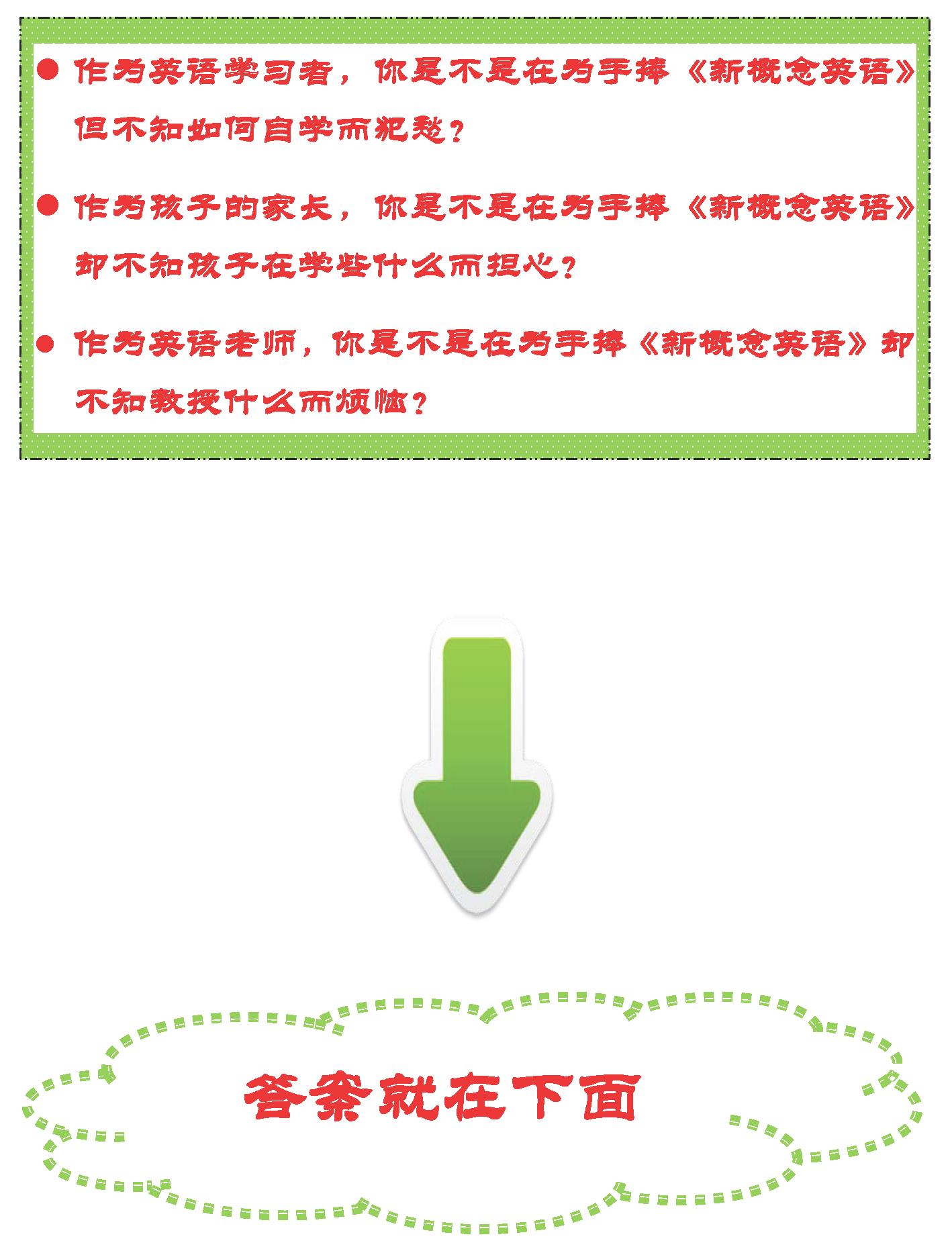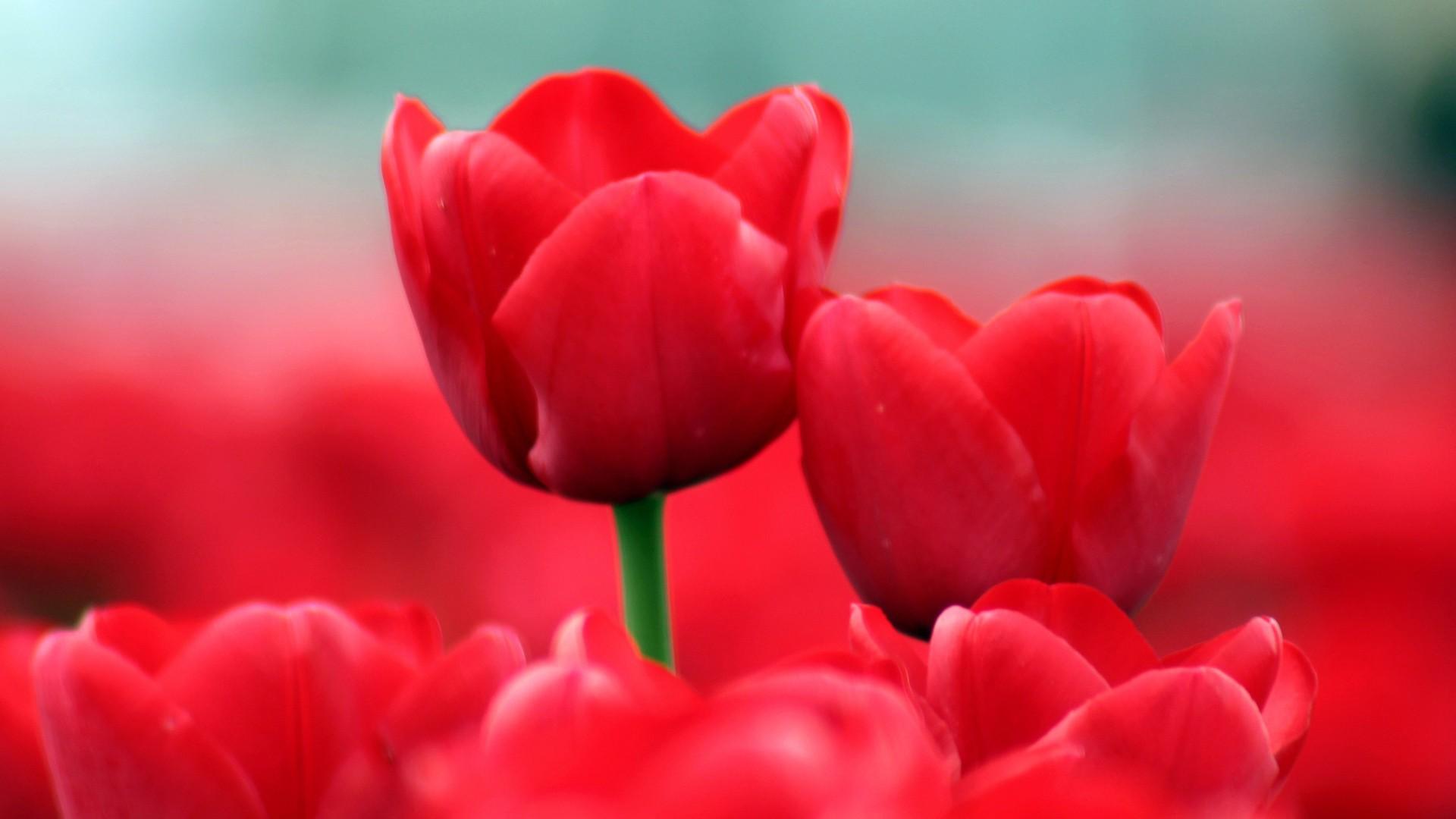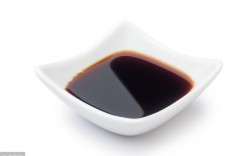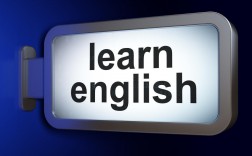

《新概念英语》学什么:第2册41课
接下去我们来看第42课的内容:

一、小编的朗读

二、重要句型或语法
1、动词have的用法本课侧重的是have作为实义动词的“万能do”的用法,如:have a long walk、have a rest、have a look at、have a glimpse of。

三、课文主要语言点
As we had a long walk through one of the markets of Old Delhi, we stopped at a square to have a rest.
1)have a walk/have a rest。have作为万能do的用法,其结构一般为:have a+(表动作的)名词。 2)as,当...时候。 3)through,穿过。此处用这个介词,作者想要描述的是他们穿梭于市场里。 4)stop at a square,在广场停留。at在此表示小地方、某个地点。
After a time, we noticed a snake charmer with two large baskets at the other side of the square, so we went to have a look at him.
1)notice,注意到。 2)charmer,魔术师;巫师。 3)at the other side of,在另一端、另一头、另一边。
As soon as he saw us, he picked up a long pipe which was covered with coins and opened one of the baskets.
1)pick up,拿起。pick up也表示接人、学会等。可参考教材第192页中难点部分的内容。 2)which引导的定语从句,用来修饰先行词a long pipe。which可以用that来替换。 3)be covered with,覆盖着、满是。
When he began to play a tune, we had one first glimpse of the snake.
It rose out of the basket and began to follow the movements of the piple.
1)rise,不及物动词,上升、起床。注意与raise(及物动词,升起)的区别。 2)follow,跟随、跟从。 3)movement,move的名词,表示运动、移动。
We were very much surprised when the snake charmer suddenly began to play jazz and modern pop songs.
1)本句中的very much用来修饰surprised,但其实可以用very来修饰,因为surprised是形容词化的过去分词。 2)注意句中的suddenly被提到began之前,而不是句末,是为了利用句子尾重的原理,突出耍蛇者所要弹奏的音乐。
The snake, however, continued to 'dance' slowly.
1)continue to do sth.,继续做某事。注意continue有两个形容词:continual(断断续续的)和continuous(持续不断的)。 2)dance在此用了引号,一来说明蛇本身是不会跳舞的,二来也是与slowly一起说明蛇其实也是听不懂音乐的。
It obviously could not tell the difference between Indian music and jazz.
1)obviously,明显地。注意b会发生爆破音的消失现象。 2)tell the difference between...and...,分辨两者间的差异。

四、读写重点
可操练教材第191页作文(Composition)部分的练习,并让学生用学过的并列连词造句。

五、语用文化
可介绍旧德里(Old Delhi)以及印度音乐、爵士乐和现代音乐之间的基本区别。

六、教学建议
1、可在本课里全面复习一下have作为实义动词的主要用法:表吃喝、表生病、表拥有、表万能do。








